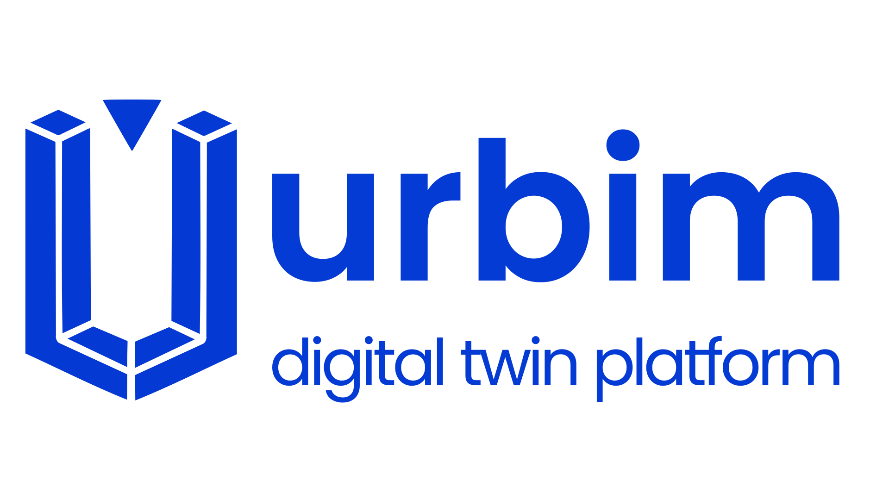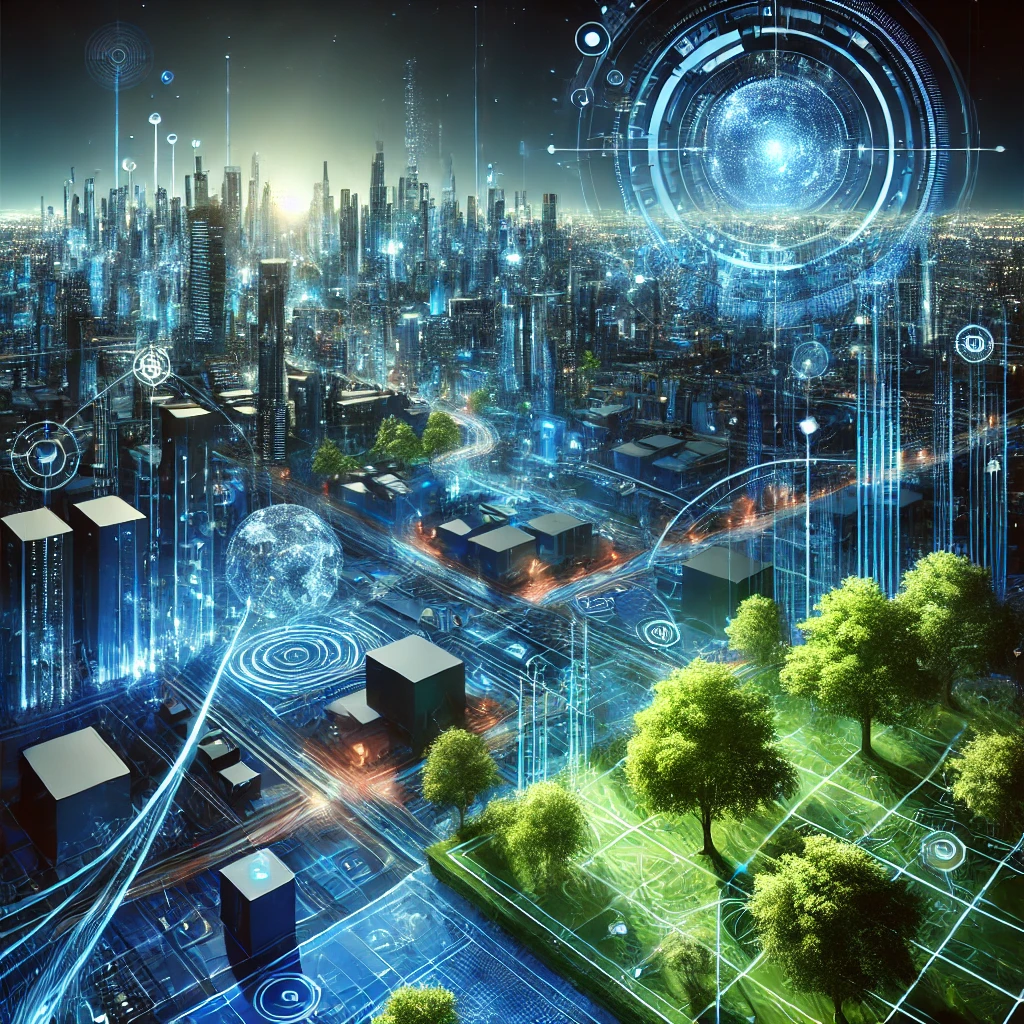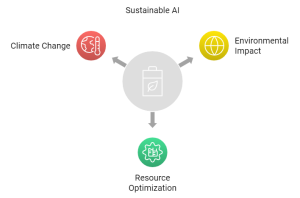In a world that is becoming more digitized day by day, we find tools that are being of vital importance for this transformation, such as artificial intelligence (AI). However, every time technology advances, new questions arise: How to ensure sustainability through AI, how to minimize its environmental impact, how it contributes to the welfare of the planet? In this article, we will discuss what is the relationship between AI and sustainability, and how digital twins play a crucial role in achieving a greener and more responsible future.
AI and sustainability
If we want to refer to sustainable AI we must understand that it refers to the use of artificial technology that not only seeks the best results and maximize efficiency. But also seeks a greener approach that tries to minimize its environmental footprint. Today, large-scale AI training can require gigantic amounts of energy, which contributes considerably to carbon emissions; it is estimated that data centers hosting these technologies consume around 1% of the world’s electricity, a percentage that is increasing by the day.
Although new technologies bring with them new challenges, AI has the potential to be an essential tool in the fight against climate change; if used correctly, it can optimize resource management, monitor air quality and manage infrastructures very efficiently. An example of this can be found in the renewable energy sector, where AI can provide weather patterns to help optimize wind and solar energy production.
What role do digital twins play?
Digital twins are emerging as a new solution that seeks to integrate AI to drive sustainability within different sectors. A digital twin is a digital replica of a physical asset, whether it is a building, an infrastructure, or why not even an entire city. This allows us to simulate and monitor the behavior of systems in real time, which in turn allows us to optimize its operation and minimize the use of resources.
In the world of construction, digital twins allow us to anticipate the environmental impact of an infrastructure before its construction, allowing us to adjust designs to make them more efficient and sustainable. By integrating artificial intelligence into simulations, patterns can be identified to optimize decision-making, ensuring a much more responsible use of resources.
Implementing sustainable AI
It is very encouraging to find that today many companies are adopting AI and digital twins with more sustainable approaches, an example of this is Siemens, a company which has decided to implement digital twins in the management to achieve smarter buildings achieving significant reductions in energy consumption through simulations and predictions based on real-time data; as another example we have GE Renewable Energy, a company in the energy sector that uses AI to optimize the performance of its wind turbines, minimizing losses and maximizing their productivity.
Another important point is the new policies and regulations related to sustainability. The European Union, for example, has launched initiatives that promote sustainable digitalization, encouraging the use of technologies that reduce the carbon footprint in key sectors such as construction, transportation and energy management.
Challenges and the Future of Sustainable AI
Despite great progress, there are still significant challenges in implementing truly sustainable AI. The infrastructure needed to sustain digital twins and advanced AI systems can be expensive and, in some cases, very difficult to scale. In addition, technological limitations and lack of standardization in data make integration and collaboration between different sectors difficult.
URBIM, an improved tool
URBIM offers an innovative solution thanks to its digital twin software, which integrates data and goes hand in hand with different AI for optimizing your operations and reducing environmental impact. By creating, integrating and managing assets in real time, URBIM helps to make sustainable decisions and align with ESG policies, leading the digital transformation towards a more sustainable future.






